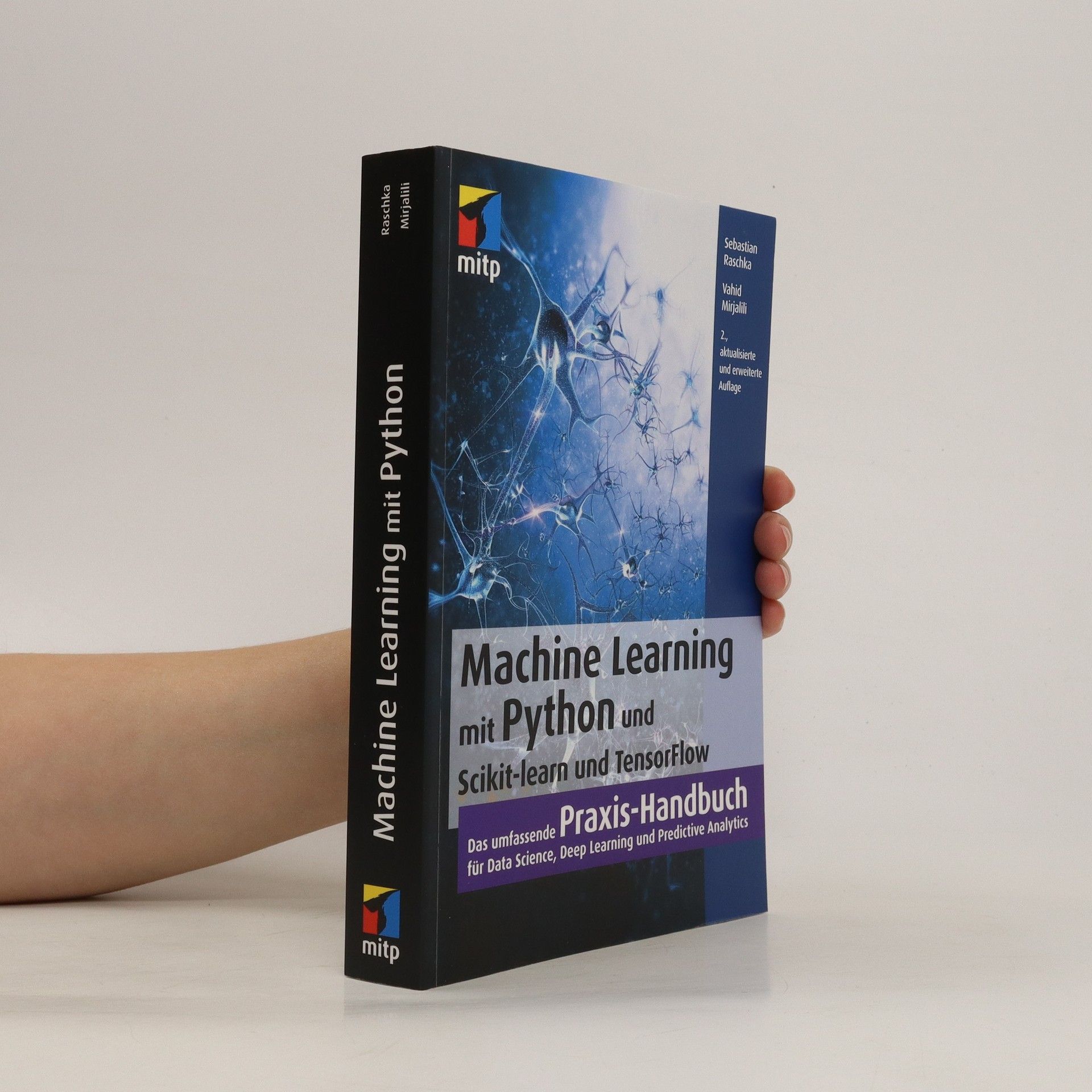Sebastian Raschka Book order
This author delves deeply into the realms of data science and machine learning, enthusiastically uncovering intricate patterns within data. Their work focuses on deriving insightful conclusions through data mining and machine learning techniques, particularly for predictive modeling. A strong advocate for collaboration and the open-source ethos, they believe in the power of sharing knowledge and tools for mutual growth. Currently, they are honing their analytical skills as a PhD candidate, focusing on developing highly efficient virtual screening software for computer-aided drug discovery and pioneering novel approaches to protein-ligand docking.





- 2024
- 2022
Machine Learning with PyTorch and Scikit-Learn
Develop machine learning and deep learning models with Python
- 774 pages
- 28 hours of reading
Focusing on machine and deep learning, this guide offers a thorough exploration of PyTorch, known for its user-friendly coding framework. It is part of a bestselling series, providing readers with practical insights and techniques to effectively implement machine learning concepts. Ideal for both beginners and experienced practitioners, the book emphasizes hands-on learning and real-world applications, making complex topics accessible and engaging.
- 2021
Machine Learning mit Python und Keras, TensorFlow 2 und Scikit-learn
Das umfassende Praxis-Handbuch für Data Science, Deep Learning und Predictive Analytics
- 2018
Die zweite Auflage dieses Buchs behandelt die Anwendung fortschrittlicher statistischer Modelle des Machine Learnings und die wichtigsten Algorithmen sowie Python-Bibliotheken wie NumPy, SciPy, Scikit-learn, TensorFlow, Matplotlib, Pandas und Keras. Machine Learning und Predictive Analytics revolutionieren die Unternehmenswelt, indem sie es ermöglichen, Trends und Muster in komplexen Daten zu erkennen, was für den langfristigen Geschäftserfolg entscheidend ist. Die Autoren erläutern den Einsatz von Machine-Learning- und Deep-Learning-Algorithmen anhand praktischer Beispiele und bieten umfassende Einblicke in leistungsfähige Python-Bibliotheken. Sie zeigen, wie Python genutzt werden kann, um grundlegende Erkenntnisse zu gewinnen und komplexe Algorithmen zu entwickeln. Zu den Themen gehören das Trainieren von Lernalgorithmen für Klassifizierungen, Regressionsanalysen zur Ergebnisprognose, Clusteranalysen zur Entdeckung verborgener Muster, Deep-Learning-Verfahren zur Bilderkennung, effektive Datenvorverarbeitung, Dimensionsreduktion zur Datenkomprimierung, das Training neuronaler Netze mit TensorFlow, Ensemble Learning, die Integration von Machine-Learning-Modellen in Webanwendungen sowie Stimmungsanalysen in sozialen Netzwerken und die Modellierung sequenzieller Daten mit rekurrenten neuronalen Netzen.
- 2015
Python Machine Learning
- 622 pages
- 22 hours of reading
Machine learning is eating the software world. Understand and work at the cutting edge of machine learning, neural networks, and deep learning with this second edition of Sebastian Raschka's bestselling book, Python Machine Learning. Modernized and extended to include the latest open source technologies, including scikit-learn, Keras, and TensorFlow, Python Machine Learning Second Edition offers the practical knowledge and techniques you need to create effective machine learning and deep learning applications in Python. Sebastian Raschka and Vahid Mirjalili's unique insight and expertise introduce you to machine learning and deep learning algorithms, before progressing to advanced topics in data analysis. This book combines the theoretical principles of machine learning with a hands-on coding approach for a thorough grasp of machine learning theory and implementation using Python.